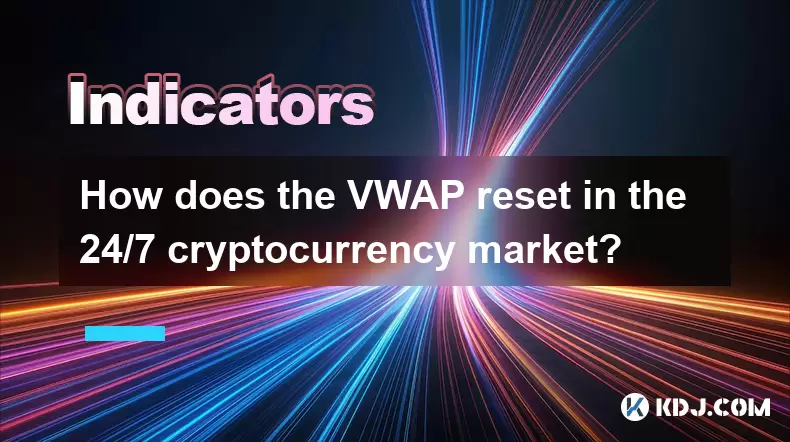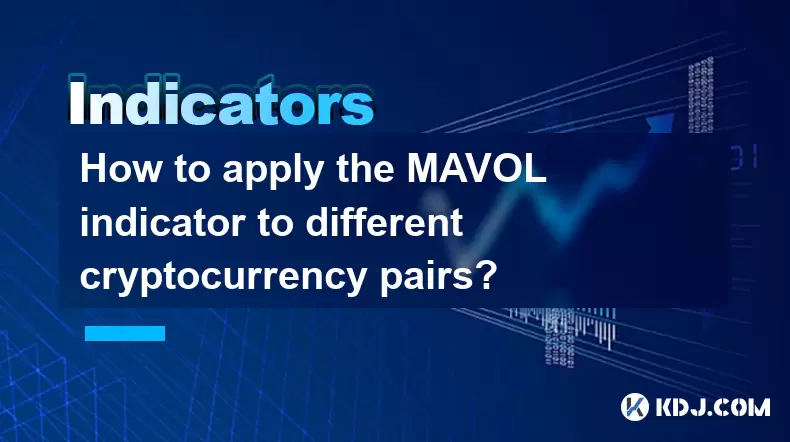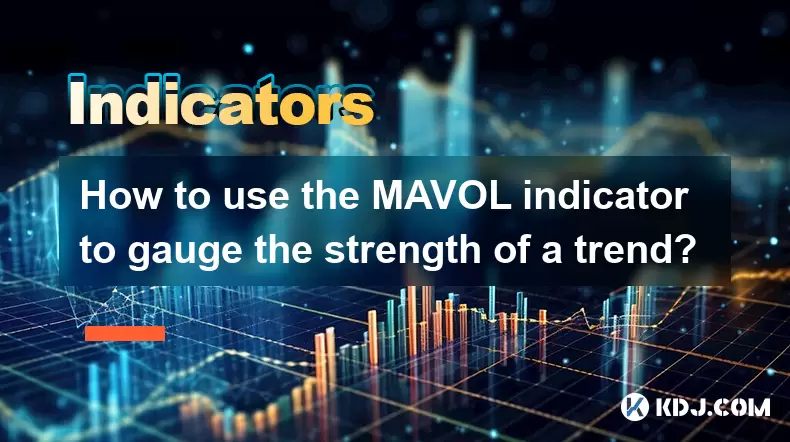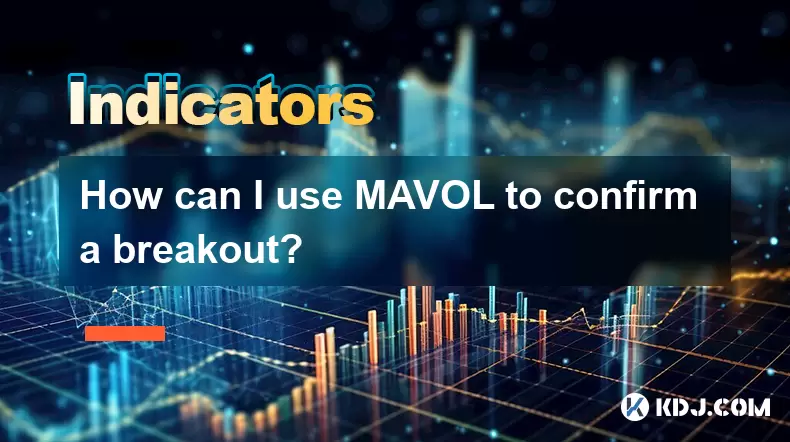-
 Bitcoin
Bitcoin $118400
0.47% -
 Ethereum
Ethereum $3836
2.20% -
 XRP
XRP $3.157
2.98% -
 Tether USDt
Tether USDt $0.9999
-0.03% -
 BNB
BNB $801.5
1.31% -
 Solana
Solana $180.9
2.07% -
 USDC
USDC $0.9999
-0.02% -
 Dogecoin
Dogecoin $0.2225
2.50% -
 TRON
TRON $0.3285
-1.02% -
 Cardano
Cardano $0.7789
2.60% -
 Hyperliquid
Hyperliquid $43.60
2.39% -
 Sui
Sui $3.892
4.41% -
 Stellar
Stellar $0.4229
3.34% -
 Chainlink
Chainlink $18.01
3.98% -
 Hedera
Hedera $0.2745
6.77% -
 Bitcoin Cash
Bitcoin Cash $582.3
3.38% -
 Avalanche
Avalanche $23.77
1.04% -
 Ethena USDe
Ethena USDe $1.001
0.01% -
 Toncoin
Toncoin $3.493
3.59% -
 Litecoin
Litecoin $110.0
2.48% -
 UNUS SED LEO
UNUS SED LEO $8.936
-0.37% -
 Shiba Inu
Shiba Inu $0.00001304
2.49% -
 Uniswap
Uniswap $9.999
1.09% -
 Polkadot
Polkadot $3.897
3.26% -
 Monero
Monero $308.6
-0.83% -
 Dai
Dai $0.9999
-0.01% -
 Bitget Token
Bitget Token $4.504
-0.04% -
 Pepe
Pepe $0.00001154
2.95% -
 Cronos
Cronos $0.1471
3.06% -
 Ethena
Ethena $0.6691
19.53%
How does the VWAP reset in the 24/7 cryptocurrency market?
In crypto, VWAP resets vary by platform—commonly at 00:00 UTC or via 24-hour rolling windows—impacting how traders use it for entries, exits, and execution strategies.
Jul 31, 2025 at 06:38 am

Understanding VWAP in Cryptocurrency Markets
The Volume Weighted Average Price (VWAP) is a trading benchmark that calculates the average price of an asset based on both volume and price over a specified time period. In traditional markets, VWAP typically resets at the start of each trading day, aligning with market open hours. However, the cryptocurrency market operates 24/7, without daily closures, which raises the question of how VWAP resets in such a continuous environment. Unlike stock markets, where a natural reset occurs at market open, crypto traders and platforms must define their own reset logic. This means the reset mechanism depends on the platform or trading algorithm being used, not on market hours.
Time-Based Reset Intervals
Most platforms offering VWAP in crypto use time-based reset intervals to simulate a daily or session-based VWAP calculation. Common reset periods include:
- 24-hour rolling window: The VWAP recalculates using data from the past 24 hours, updating continuously. This method does not "reset" at a fixed time but instead shifts the window forward with each new tick.
- Calendar-day reset: Some platforms reset VWAP at 00:00 UTC each day, treating it as the start of a new trading session. This approach mimics traditional markets and allows for consistent daily comparisons.
- Custom time frames: Advanced trading platforms and algorithmic systems may allow users to set VWAP resets at 1-hour, 4-hour, or weekly intervals, depending on trading strategy needs.
The choice of reset interval affects how traders interpret VWAP as support/resistance or for executing volume-driven strategies. For example, a 24-hour VWAP reset at UTC midnight ensures all users on that platform are referencing the same baseline, avoiding discrepancies in signals.
How Exchanges and Charting Platforms Implement VWAP
Different exchanges and charting tools handle VWAP resets differently. For instance: - TradingView allows users to apply VWAP with customizable session settings. You can select "Regular Trading Hours" or "Extended Session," but for crypto, the most common setting is "24-hour session" with a UTC reset.
- Binance and Bybit provide VWAP indicators on their advanced charts, typically using a 24-hour rolling calculation unless otherwise specified.
- Proprietary algorithmic trading bots often use fixed daily resets at UTC 00:00 to align with global data aggregation standards.
To configure VWAP on TradingView:
- Open the chart for your desired cryptocurrency pair.
- Click "Indicators" and search for VWAP.
- Select the VWAP indicator and open its settings.
- Under "Session," choose "24-hour" or "Extended" depending on your strategy.
- Ensure the "Reset" option is set to "Daily at UTC" if available.
- Apply and verify the VWAP line updates at the designated time.
This configuration ensures the VWAP recalculates using only data from the current session, providing a clean benchmark for intraday or daily analysis.
Rolling vs. Fixed-Point VWAP Calculations
There are two primary methods for maintaining VWAP in continuous markets: rolling window and fixed-point reset.Rolling VWAP uses a moving time window (e.g., last 24 hours) and updates with every new trade. It does not reset abruptly but gradually phases out older data. This method is useful for trend-following strategies and avoids sudden jumps in the VWAP value.
Fixed-point VWAP resets at a predetermined time (e.g., every day at 00:00 UTC). At that moment, the calculation starts fresh, using only trades from that point forward. This method is preferred for comparative analysis across days and aligns with reporting cycles.
To manually calculate a fixed-point VWAP:
- Collect all trades from the start of the session (e.g., 00:00 UTC).
- For each trade, multiply the price by the volume to get the total traded value.
- Sum all the total traded values for the session.
- Sum all the volumes traded in the session.
- Divide the total traded value by the total volume:
VWAP = Σ(Price × Volume) / Σ(Volume)
This formula is applied anew after each reset, ensuring the average reflects only the current session’s activity.
Impact of VWAP Reset on Trading Strategies
The reset timing of VWAP significantly influences trading decisions. For mean reversion strategies, traders often use VWAP as a fair value reference. If the current price is above the reset VWAP, the asset may be considered overbought; if below, oversold. A clean reset ensures this signal is not distorted by stale data from previous days.For institutional order execution, VWAP is used to minimize market impact. Algorithms aim to buy below VWAP or sell above it. A daily reset allows institutions to measure execution performance within a single trading session, even in a 24/7 market.
Day traders focusing on UTC-based sessions rely on the reset to define their trading day. They may set entry and exit rules based on price interaction with the newly reset VWAP line, using it as dynamic support or resistance.
Custom VWAP Setups in Algorithmic Trading
Advanced traders and developers can create custom VWAP indicators with specific reset logic using APIs or scripting languages like Pine Script (TradingView) or Python (via CCXT).For example, in Pine Script, you can define a VWAP that resets daily at UTC midnight:
//@version=5
indicator("Custom VWAP Reset", overlay=true)
reset = ta.time("1D") != ta.time("1D")[1]
price = request.security(syminfo.tickerid, "D", hl2)
volume = request.security(syminfo.tickerid, "D", volume)
vwapValue = reset ? price volume : nz(vwapValue[1]) + (price volume)
vwapVolume = reset ? volume : nz(vwapVolume[1]) + volume
customVWAP = vwapValue / vwapVolume
plot(customVWAP, color=color.green, title="Custom VWAP")This script ensures the VWAP resets when a new UTC day begins, providing a clean average for daily analysis.
Similarly, using Python with Binance API data, you can:
- Fetch kline data for the current UTC day.
- Compute price × volume for each candle.
- Sum the values and divide by total volume.
- Update the VWAP only when a new day starts.
This level of control allows traders to align VWAP with their specific session definitions.
Frequently Asked Questions
Does VWAP reset automatically on all crypto exchanges?
No, VWAP reset behavior varies by platform. Some use rolling 24-hour calculations, while others reset at UTC 00:00. You must check the exchange or charting tool’s documentation to confirm its VWAP logic.Can I change the VWAP reset time on TradingView?
Yes, within the VWAP indicator settings, you can select different session types. However, the reset is generally tied to UTC calendar days or rolling periods; custom time zones or reset times are limited.Why does my VWAP line jump at a certain time each day?
This jump occurs when the VWAP resets—typically at 00:00 UTC. At that moment, the calculation starts over, causing a discontinuity if the new session’s average differs significantly from the prior session’s closing VWAP.Is VWAP useful for long-term crypto investing?
VWAP is primarily a short-term trading tool used for intraday or daily analysis. Long-term investors typically rely on moving averages or on-chain metrics rather than session-based VWAP.
Disclaimer:info@kdj.com
The information provided is not trading advice. kdj.com does not assume any responsibility for any investments made based on the information provided in this article. Cryptocurrencies are highly volatile and it is highly recommended that you invest with caution after thorough research!
If you believe that the content used on this website infringes your copyright, please contact us immediately (info@kdj.com) and we will delete it promptly.
- Dogecoin to the Moon? Analyzing the Potential for a New All-Time High
- 2025-08-01 00:32:48
- Silver, Gold, and Finish: Spotting the Trends in Precious Metals
- 2025-08-01 00:32:48
- Ozak AI: Can This Underdog Crypto Achieve a Bull Run to $1?
- 2025-07-31 22:30:12
- Coinbase Breach: Navigating Insider Risk and Bolstering Security
- 2025-07-31 23:11:55
- Bitcoin Rebounds, WeWake Presale Gains Traction: What's the Buzz?
- 2025-07-31 22:30:12
- Bitcoin, Altcoins, and Volume Watchlists: Decoding the Crypto Landscape
- 2025-07-31 23:11:55
Related knowledge

What is a MACD crossover?
Jul 31,2025 at 11:52pm
Understanding the Role of Private Keys in Cryptocurrency SecurityIn the world of cryptocurrency, private keys are the cornerstone of ownership and con...

How can you use the MACD histogram to determine trend strength?
Jul 31,2025 at 11:10pm
Understanding the MACD Histogram and Its ComponentsThe MACD (Moving Average Convergence Divergence) histogram is a visual representation of the differ...

How to apply the MAVOL indicator to different cryptocurrency pairs?
Aug 01,2025 at 12:43am
Understanding the MAVOL Indicator in Cryptocurrency TradingThe MAVOL indicator, short for Moving Average Volume, is a technical analysis tool that app...

How to use the MAVOL indicator to gauge the strength of a trend?
Jul 31,2025 at 09:57pm
Understanding the MAVOL Indicator in Cryptocurrency TradingThe MAVOL indicator, short for Moving Average of Volume, is a technical analysis tool widel...

How do you set up MAVOL alerts for specific cryptocurrencies?
Aug 01,2025 at 12:23am
Understanding MAVOL and Its Role in Cryptocurrency AnalysisMAVOL, or Moving Average Volume, is a technical indicator used to analyze the average tradi...

How can I use MAVOL to confirm a breakout?
Jul 31,2025 at 11:38pm
Understanding MAVOL and Its Role in Technical AnalysisMAVOL, short for Moving Average of Volume, is a technical indicator that calculates the average ...

What is a MACD crossover?
Jul 31,2025 at 11:52pm
Understanding the Role of Private Keys in Cryptocurrency SecurityIn the world of cryptocurrency, private keys are the cornerstone of ownership and con...

How can you use the MACD histogram to determine trend strength?
Jul 31,2025 at 11:10pm
Understanding the MACD Histogram and Its ComponentsThe MACD (Moving Average Convergence Divergence) histogram is a visual representation of the differ...

How to apply the MAVOL indicator to different cryptocurrency pairs?
Aug 01,2025 at 12:43am
Understanding the MAVOL Indicator in Cryptocurrency TradingThe MAVOL indicator, short for Moving Average Volume, is a technical analysis tool that app...

How to use the MAVOL indicator to gauge the strength of a trend?
Jul 31,2025 at 09:57pm
Understanding the MAVOL Indicator in Cryptocurrency TradingThe MAVOL indicator, short for Moving Average of Volume, is a technical analysis tool widel...

How do you set up MAVOL alerts for specific cryptocurrencies?
Aug 01,2025 at 12:23am
Understanding MAVOL and Its Role in Cryptocurrency AnalysisMAVOL, or Moving Average Volume, is a technical indicator used to analyze the average tradi...

How can I use MAVOL to confirm a breakout?
Jul 31,2025 at 11:38pm
Understanding MAVOL and Its Role in Technical AnalysisMAVOL, short for Moving Average of Volume, is a technical indicator that calculates the average ...
See all articles

























































































